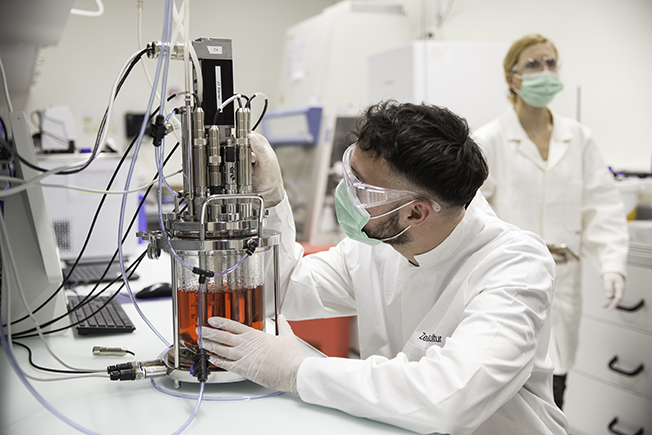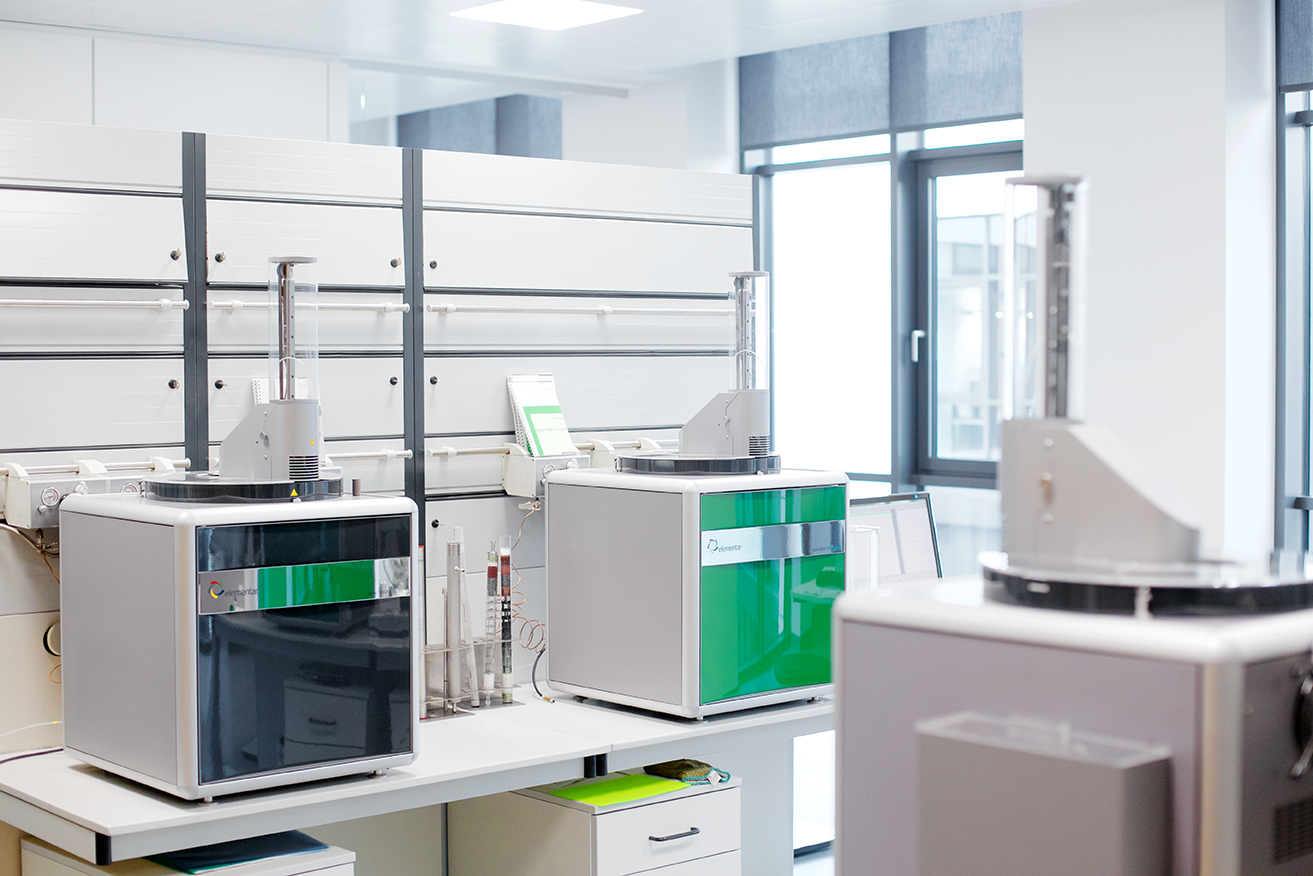

As market competition increases, protecting your IP becomes even more important
IP Partners at Mathys & Squire – Laura Clews & Chris Hamer – offer invaluable guidance on the various IP issues (such as what you can and should protect) affecting all facets of the alt proteins industry
Over their many years in the legal sector, Laura Clews and Chris Hamer have been uniquely placed to observe various trends in the alternative proteins industry. The old adage, ‘follow the money’ may lead to some useful information, but following the patents can throw up far more illuminating insights into the types of technologies that could genuinely prove to be gamechangers.
Both experienced patent attorneys and partners at the full-service IP firm, Mathys & Squire, Clews and Hamer cite an array of increasing activity across pretty much the entire alt proteins spectrum, spanning everything from cell culture and insect proteins through to plant-based meats. “Although these different solutions all fall within the alternative protein umbrella,” Clews says, “each one of these sectors has its own challenges. You can see companies within these fields have taken very different approaches to tackling these issues.” Elaborating, Clews adds, “Take manufacturing methods in whey protein, for example, which has obviously taken off hugely due to the fitness industry. We are seeing an increase in filings. Companies such as Nestlé and Perfect Day are applying precision fermentation to whey protein.”

Clews believes one of the reasons why precision fermentation has taken off is because it’s considered to be a more sustainable process. “It’s cleaner and creates more of the product that you’re actually hoping to create. But precision fermentation isn’t limited to producing whey proteins. We’ve seen it used in many different areas. There are now egg substitutes, plant-based honey, and companies using fermentation to produce meat products, too.”
On plant-based and cell-cultured meats, Clews reports that, following a period of initial innovation, the focus for many players is now on improving the texture of the products they have created. “But the ways in which companies are trying to tackle this issue are really varied,” she notes. “There are companies using 3D printing techniques, edible scaffolds, they’re growing cells on blades of grass, and using electrode spinning techniques. It’s hard to see whether there is one particular promising technology that may go forward; there are many different techniques being explored.”
.png)
Insect innovation
In the area of insect protein, Clews says that research is currently focused on two areas: how to dry the insects and how to extract the proteins without reducing the nutritional value or limiting the amount that you’re reducing nutritional value. “If you just heat an insect in an oven, obviously, the product you get out of it won’t be the optimum in term of nutrients,” she explains. “But one of the potential processes that caught my eye was using microwave drying under vacuum – because this seems to produce one of the highest levels of protein compared with all the other drying methods. Then you have all the different technologies for trying to separate out that protein. Alt proteins as a whole is a vast and developing field, which is exciting for us to see.”
Clews’ colleague, Hamer, points out that as well as the impressive technologies within the sector, the consumer angle is equally as fascinating. “When you get into this field, you can see how slim the margins are between changing from one product to another,” he suggests. “Consumers are driven by familiarity, taste, and by cost. That is a high burden for new companies to cross. And, of course, no matter how amazing your technology is, if you are producing the perfect burger at a cost of thousands of Euros, then nobody’s going to buy it on a regular basis. There’s a lot of work that needs to be done on scaleup and the ability to mass produce these products while maintaining the texture, health benefits, and everything else you need alongside the actual product.”
Better protected
Despite those challenges, both Hamer and Clews describe huge amounts of development on the intellectual property side. “A crude search shows about 30,000 patents in alternative protein foods since 2005,” Hamer comments. “And it’s starting to grow exponentially. That shows you that the investment is there, and that the IP landscape continues to develop.”
“Pretty much every sector that falls within the alternative protein umbrella has been predicted an increase in the global market share,” Clews observes in agreement. “Therefore, manufacturers within this area are becoming more aware of the need to protect their IP and how beneficial that could be, because they’re noticing more and more competitors within the same market space.”
Clews says the increase in the number of patents being filed has been significant. “What we’re also seeing now is companies exploring all the extra parts around the various technical processes and products,” she adds. “More companies are looking at things such as how to improve a bioreactor, how to optimize methods to separate out proteins more effectively. We’re seeing both an increase in the number of patents that are filed, but also the subject matter to which those patents are being filed is becoming more varied.”
.png)
Tools of the trademark
Hamer advises alt proteins startups to regard IP as a tool to help them with their business. “You have a concept, you want to go to market with it, and IP should be complementary to trying to help you to protect your revenue streams and to give your business the best chance to develop,” he reasons. Hamer also points out that this protection covers several different areas. “It can take the form of something that is technical, which would be a patent. That can cover things such as methods of production, or the apparatus, or cell lines, but it can also be something more tangible. So, the brand that you might want to sell under would be a trademark, or if you have a particular kind of packaging, then you’re looking at designs and possibly trademarks as well. There are many types of different complementary forms of IP that you can use to try and put your business in the best place to commercialize and to go forward.”
Increase in market share means manufacturers are becoming more aware of the need to protect their intellectual property and how beneficial that can be
Hamer says it’s always worth startups considering the role of their unique knowhow, too. “So many underestimate their know-how, and they can be sloppy with that information. Controlling what you know is important: knowing what your trade secrets are, and what gives you a competitive edge, is critical. Some of the biggest companies worldwide use trade secrets rather than patents because they want to maintain that competitive edge.”
An ongoing challenge for food-tech startups is their founders – more often scientists rather than businesspeople – having to rapidly become experts in things such as legal activities, which are far removed from their sphere of expertise. “One of the things that companies find quite challenging is they might have done all the research, they might have created a brilliant product or process, but they’re not entirely sure what parts they can actually protect,” Clews says. Offering an example here, she adds, “Where you have a brand-new alternative protein, it might be obvious that you could get protection for that protein. Where companies can get confused is if they have a new process – so, a different way of producing a known protein. There’s confusion as to whether you can actually get patent protection for that.”

Clews cites several examples of infringement proceedings in the alt proteins sector as illustrating just why legal protection is so important, notably the case between Impossible Foods and Motif, with the former initiating proceedings against the latter over the use of heme proteins in plant-based meats. “In response to these infringement proceedings, Motif has launched a request that will challenge the validity of the US patent it was accused of infringing,” she details. “This highlights the fact that you need to ensure that when you’re filing a patent application, you’ve critically assessed your own IP and securities before you start on these proceedings. It’s very common that if you bring infringement proceedings, the validity of your patent is going to come into question.”
Both Clews and Hamer recommend that startups consider IP issues at an early stage, and not only so they can avoid falling into litigation proceedings. “People just don’t realize how fast this all comes at you once you’ve tackled the technical side,” says Hamer. “Because once you’re commercial, momentum builds quickly; you need to have your IP locked down before then.”
For more information visit www.mathys-squire.com
If you have any questions or would like to get in touch with us, please email info@futureofproteinproduction.com


%20ILVO%202.jpg)

.png)

